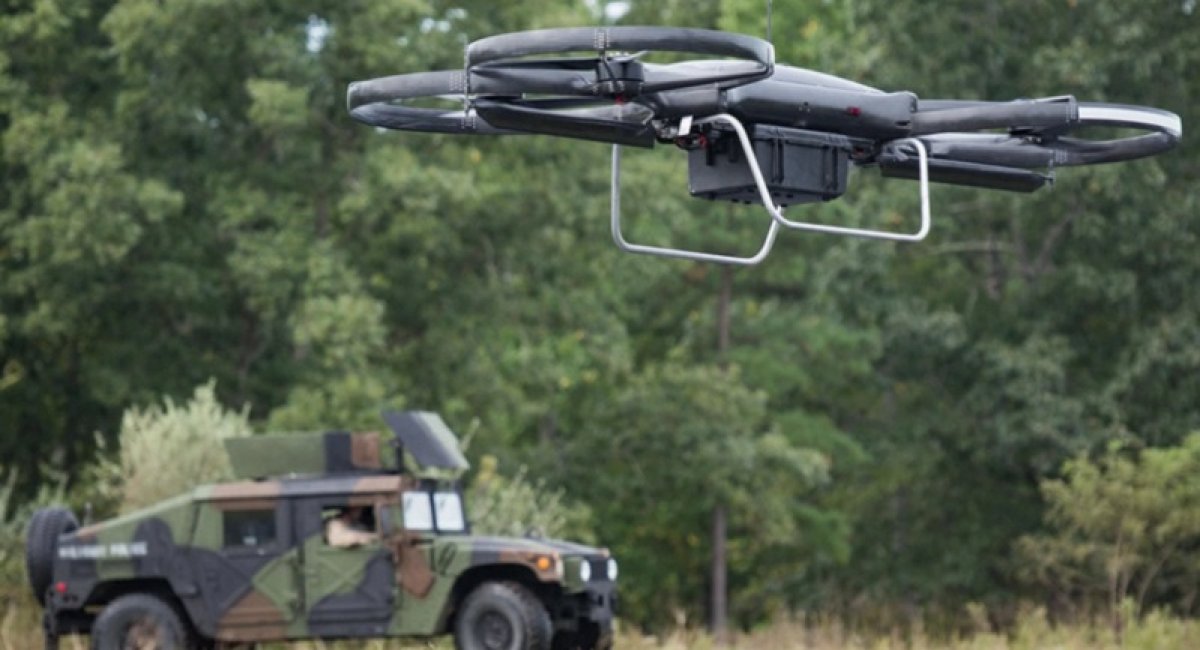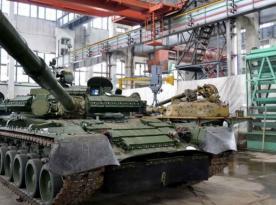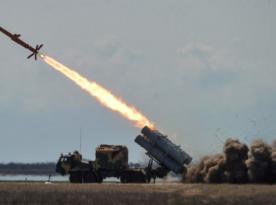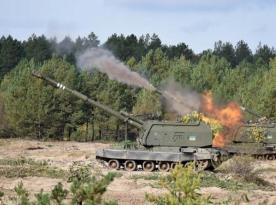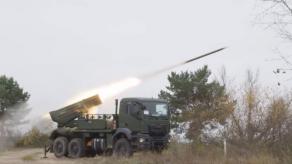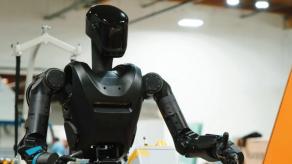With the addition of artificial intelligence and machine learning, the aim is to make every soldier, regardless of job specialty, capable of identifying and knocking down threatening drones.
While much of that mission used to reside mostly in the air defense community, those attacks can strike any infantry squad or tank battalion.
Read more: RAM UAV – fly to kill
The goal is to reduce cognitive burden and operator stress when dealing with an array of aerial threats that now plague units of any size, in any theater.
“Everyone is counter-UAS,” said Col. Marc Pelini, division chief for capabilities and requirements at the Joint Counter-Unmanned Aircraft Systems Office, or JCO.
Pelini and Maj. Gen. Sean Gainey, JCO director, who spoke Thursday at the virtual Association of the U.S. Army conference, told reporters that the original focus was on smaller Tier I and II threats. But that has now extended to Tier III threats, traditionally covered by the Army’s air defense community, such as Avenger and Patriot missile batteries.
Some of that work includes linking the larger threat detection to the smaller drones that now dot conflicts across the world, including the hot zone of the Armenia-Azerbaijan conflict.
Read more: Postman ballistic processor and other solutions from Turingismus




